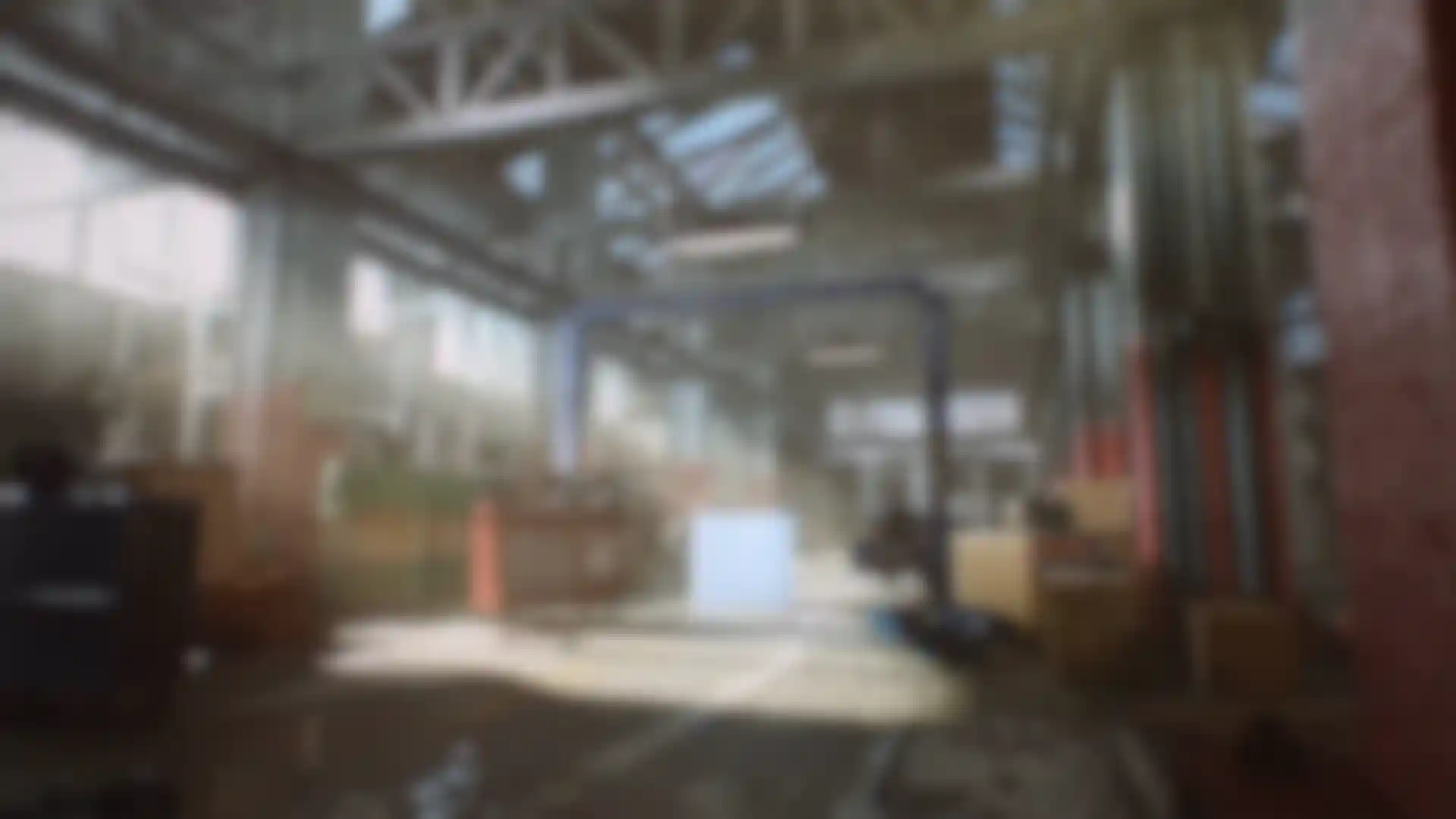
‘To Mograph, And Beyond!’ How 3D artist SeongChan Park created a Maxon promo video visualizing C4D’s workflow in the real world.
3D artist SeongChan Park studied journalism and broadcasting in college and was fascinated by the motion graphics he saw in the process. So he taught himself to use Cinema 4D and, after graduation, he got a job at Solid VFX Lab, a post-production studio in Seoul, South Korea.
Recently, he made a move to a new company, Delpic Studio, where he primarily works on corporate promotional videos. And, in his spare time, he focuses on personal projects, including a promo video for Maxon called “To Mograph, And Beyond!”
Made using a combination of C4D, After Effects, Substance Painter, Octane and other tools, the video is Park’s artful way of expressing the Cinema 4D workflow as a real world.
We talked with Park about the making of this video, including what he learned while working on it.

What is your favorite part of the creative process?
Park: I work on a lot of motion graphics design projects and my favorite parts of the workflow are look development and motion settings. For the look development process, the designer creates the mood and look to match to the design intent, and then that look defines the entire flow.
Tell us about your process for concepting the video.
Park: I just listed all the main features of C4D, and then thought about the way to show the features like a reference video. I was also inspired by a quite impressive video from Adobe called “Adobe Photoshop // Fantastic Voyage”.


I wanted to show C4D’s various features according to their workflow in various visual motion graphics, which must be a more effective way to talk to artists. Whenever some idea popped into my head, I made a memo and then tried a sketch or test render.
I tried a lot of visual ideas, like using the Sweep and Bend Deformer to visualize a flower, which worked well. It took time and effort to do all these things myself, so it was about seven months from planning to the final video. But it was a really good way for me to enhance my C4D knowledge and skills and a fantastic experience turning my ideas into reality.

Say more about the tools you used and your workflow.
Park: As I said earlier, look development is the most important part of a project for me. I used C4D for look development, motion and some of the modeling, and then I used ZBrush and Substance Painter for fine details and textures. Photoshop and Illustrator were used for manual editing of textures and then I rendered in Octane and composited in After Effects.
What is the most difficult challenge while you are creating this video?
The most difficult scene for me was the simulation with the tree. I don’t like simulations because it’s very hard to create a real-life-like image and movement and they take a long time, usually. There’s a lot of trial and error involved in simulations, and you need to do several tests with patience to find out the best option.


Did you learn anything while working on this that you’d like to share?
Park: Whenever artists see ‘Wow’ scenes we wonder how they were made. But, in many cases, those scenes have nothing special if we look into the details. Yet we can see and feel artists’ creativity, so what I can tell others about this project is that I always stuck to the basics and kept trying until I was satisfied.
How have people responded to the video?
Park: I was really surprised to get so many comments from here and there, and it was an honor to have great comments from some well-known artists too. I am going to kick off a new project sometime soon, and I hope to share it with other artists in the motion graphics industry.